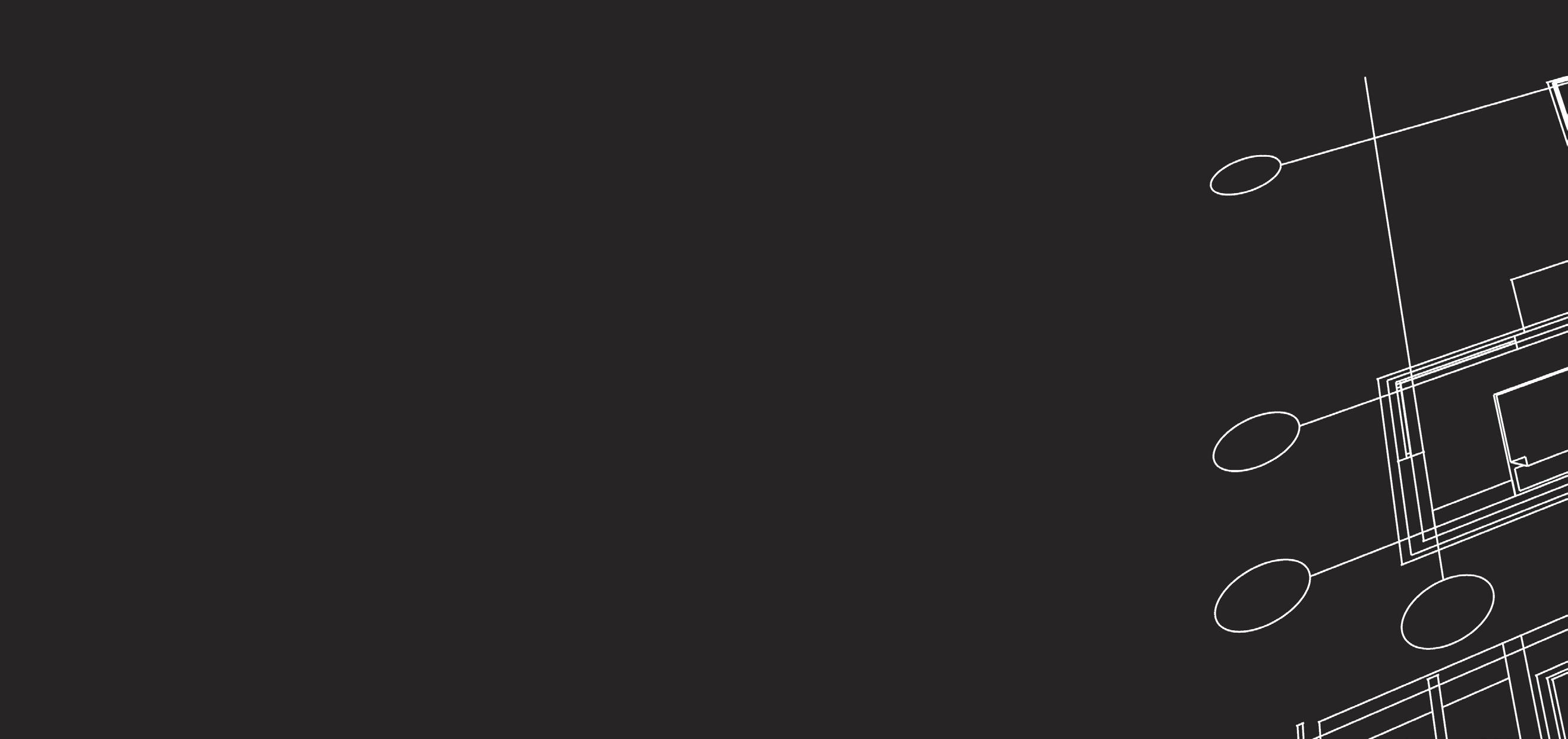TECHNICAL
THE BENEFITS OF
3D LASER SCANNING What is 3D laser scanning, and can it be useful for plumbers today? When traditional measurements are not appropriate or would not be practical due to time constraints, three-dimensional (3D) laser scanning is used. 3D laser scanning is a safe, non-contact, non-destructive process that digitally captures the physical shape of an object by using a laser light. This process represents the shape of an object with fine detail in 3D quickly. 3D laser scanning is the fastest, most accurate, and automated way to rapidly capture an accurate 3D representation of a real object, buildings, and locations for creating 3D drawing models. The scanning process is extremely fast. Scanners are being used for topographic land and building surveying, mobile mapping, recording stages during construction, capturing as constructed services, tagging assets, ongoing services inspections, and monitoring maintenance. Scanners are generally compact, portable, and are easily carried providing a colourised scanning range of 360 degrees, which involves the use of non-contact, non-destructive technology that digitally captures the shape of physical objects using a line of laser light. The scanner measures fine details and captures free-form shapes to quickly generate highly accurate point clouds enabling the precise reproduction of the scanned object digitally. There are various output formats that can be created such as AutoCAD, SolidWorks, Pro-Engineer etc., associated with outputs using DXF, DWG IGES etc., depending on the required application. A point cloud is a set of X, Y, and Z coordinate data points (known as vertices containing millions of points) that represents a 3D shape or object from external surfaces around an object. After the point clouds have been created, they are merged into one using specialised construction-specific software to create a 3D CAD model. With a model of the scanned area, the designer now knows the position and elevation of everything within the scans to within a few millimetres. This allows designers to accurately prepare and design services pipe routes allowing for natural drainage flows etc. The CAD model enables the precise reproduction of the scanned object, or the object can be modified in the CAD model to correct imperfections.
Example of 3D Laser Scanning
Partial photo of a pool aeration system
Operation of the 3D Laser Scanning System • The 3D scanning head is first mounted on a tripod. • The scanning head and data tablet are turned on. • Details of the project are entered into the tablet together with the scan settings options, which includes a selection of a scan duration time from standard to high sensitivity depending on the resolution required. • The location of the first scan is determined from the station 1 node. • The scan is then commenced. • Once the scan has been completed capturing the images at station 1, the scanning head is then moved to a new line of sight, station 2. For standard scanning, a spacing of 10 metres is recommended. For a lessor quality resolution scanning a spacing of up to 80 metres can be used. • At the completion of all the scanning, the scanned data is then exported, and a 3D model can be created for the next phase of the design process.
10
| MASTER PLUMBER MAGAZINE Winter 2021
3D scan of that area*












